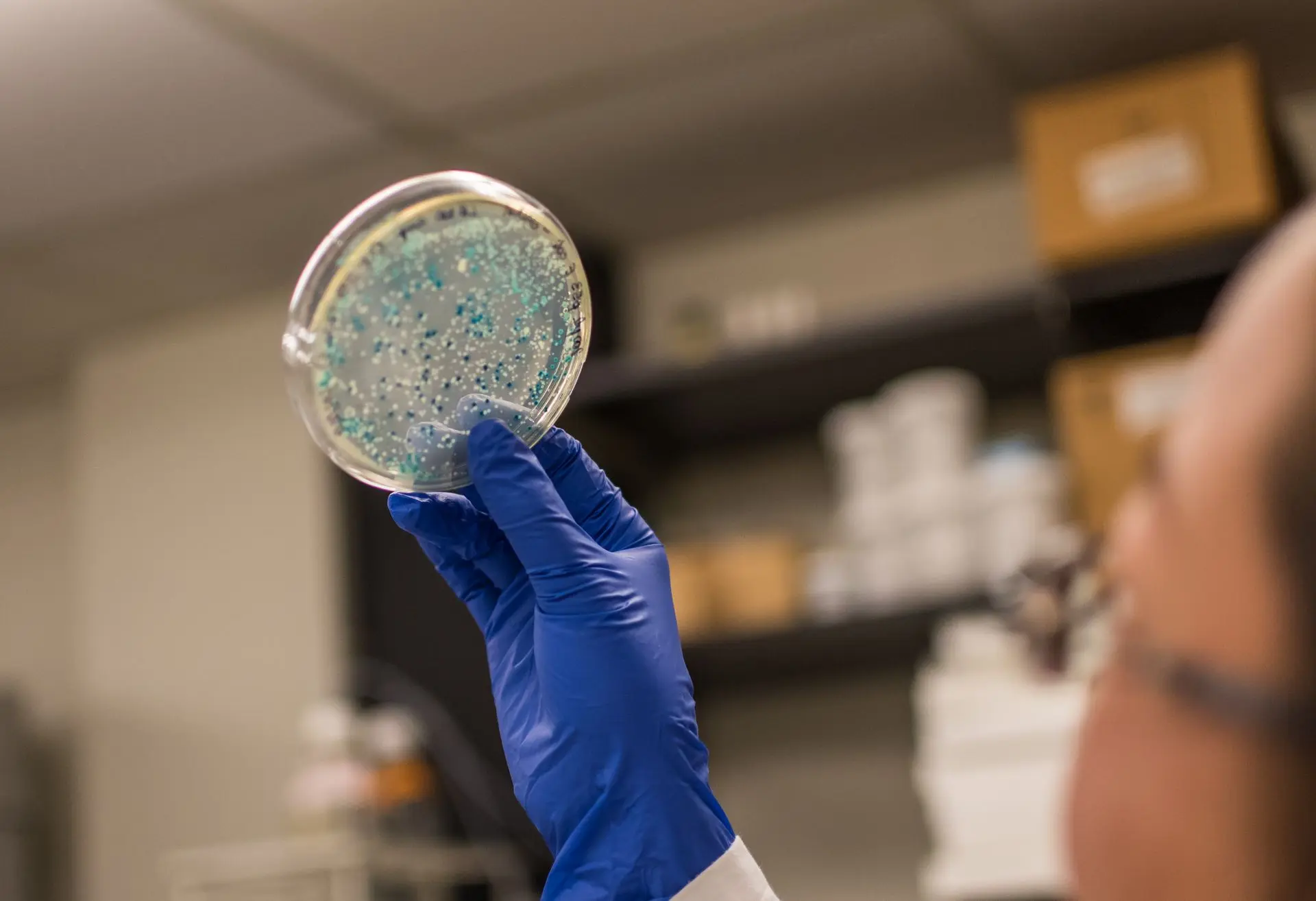Listeria monocytogenes is a pathogenic bacterium responsible for listeriosis, a severe foodborne infection that, although rare, carries a high mortality rate especially among pregnant women, newborns, the elderly, and immunocompromised individuals. This pathogen is known for its ability to survive harsh environmental conditions, complicating its control in the food supply chain.
This article summarizes the latest findings from the scientific review by Manyi-Loh and Lues (2025) published in Foods, which explores the current challenges posed by Listeria and recent advances in understanding and controlling this bacterium.
Listeria monocytogenes: A Pathogen Adapted to Diverse Environments
Listeria monocytogenes is a Gram-positive bacterium capable of multiplying at low temperatures (refrigeration), in acidic or salty environments, allowing contamination of various foods including dairy products, cold cuts, and ready-to-eat meals.
Its ability to form biofilms on industrial surfaces promotes persistence and spread, making it a significant concern for food safety.

Transmission and Health Risks
Contamination primarily occurs via ingestion of contaminated foods. Listeriosis can cause:
- Mild gastroenteritis in healthy individuals
- Severe invasive infections (meningitis, septicemia) in high-risk groups
- Obstetric complications including miscarriages and stillbirths
Listeriosis is associated with a high mortality rate of 20-30%, making it a major public health concern.

Transmission and Health Risks
Contamination primarily occurs via ingestion of contaminated foods. Listeriosis can cause:
Mild gastroenteritis in healthy individuals
Severe invasive infections (meningitis, septicemia) in high-risk groups
Obstetric complications including miscarriages and stillbirths
Listeriosis is associated with a high mortality rate of 20-30%, making it a major public health concern.
Perspectives and Solutions
The article stresses the importance of integrated surveillance combining traditional microbiology with modern genomic approaches. Strict protocols in the food industry, improved rapid detection methods, and consumer awareness are crucial.
Ongoing research is needed to better understand Listeria pathophysiology and to develop innovative control strategies.
Conclusion
Listeria monocytogenes remains a global microbiological challenge in food safety. Technological advances, especially genomic sequencing, have significantly improved our ability to manage this pathogen. Nevertheless, vigilance is essential to protect vulnerable populations.
References
Manyi-Loh, C. E., & Lues, R. (2025). Listeria monocytogenes and Listeriosis: The Global Enigma. Foods, 14(7), 1266. Learn more